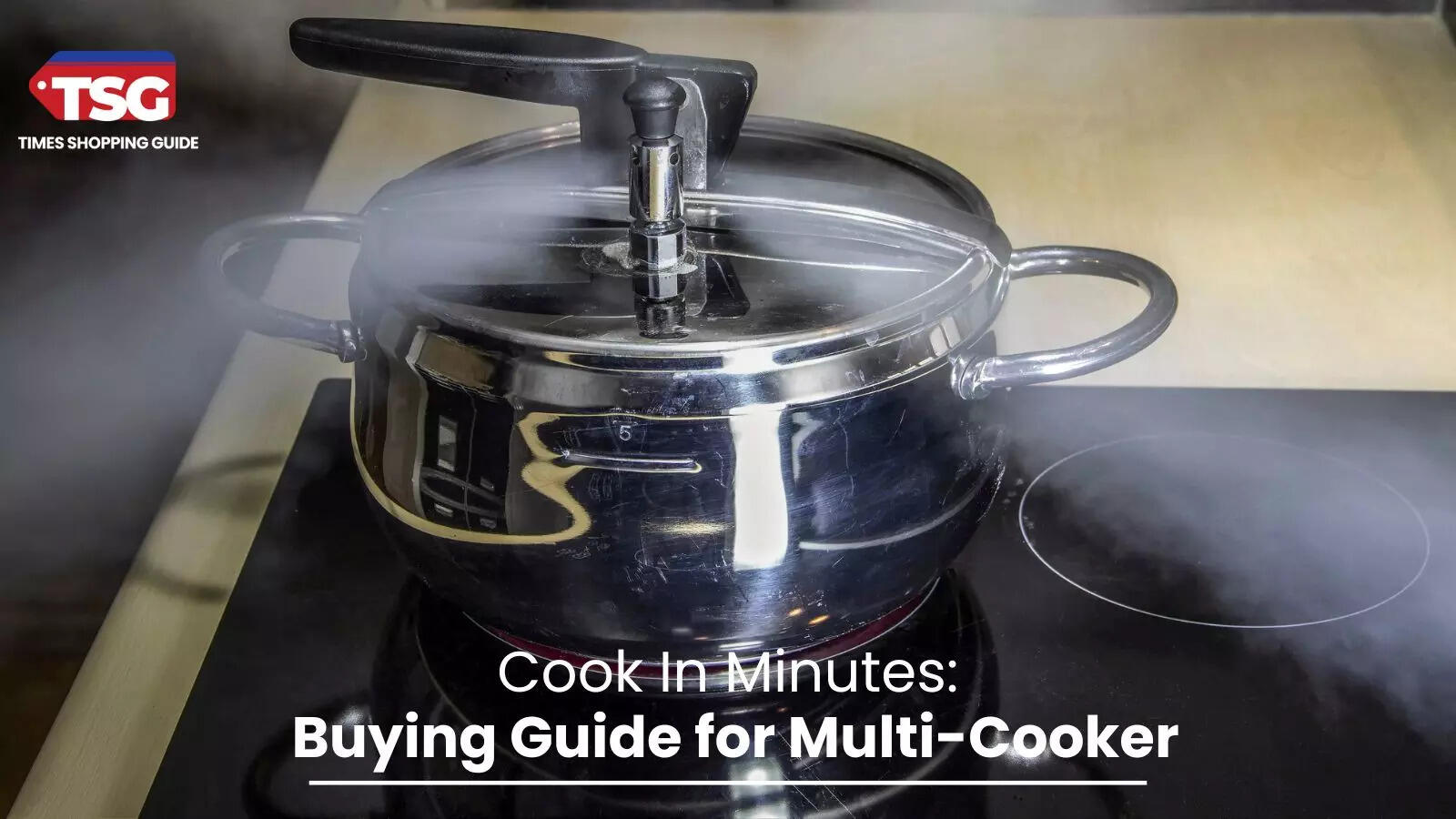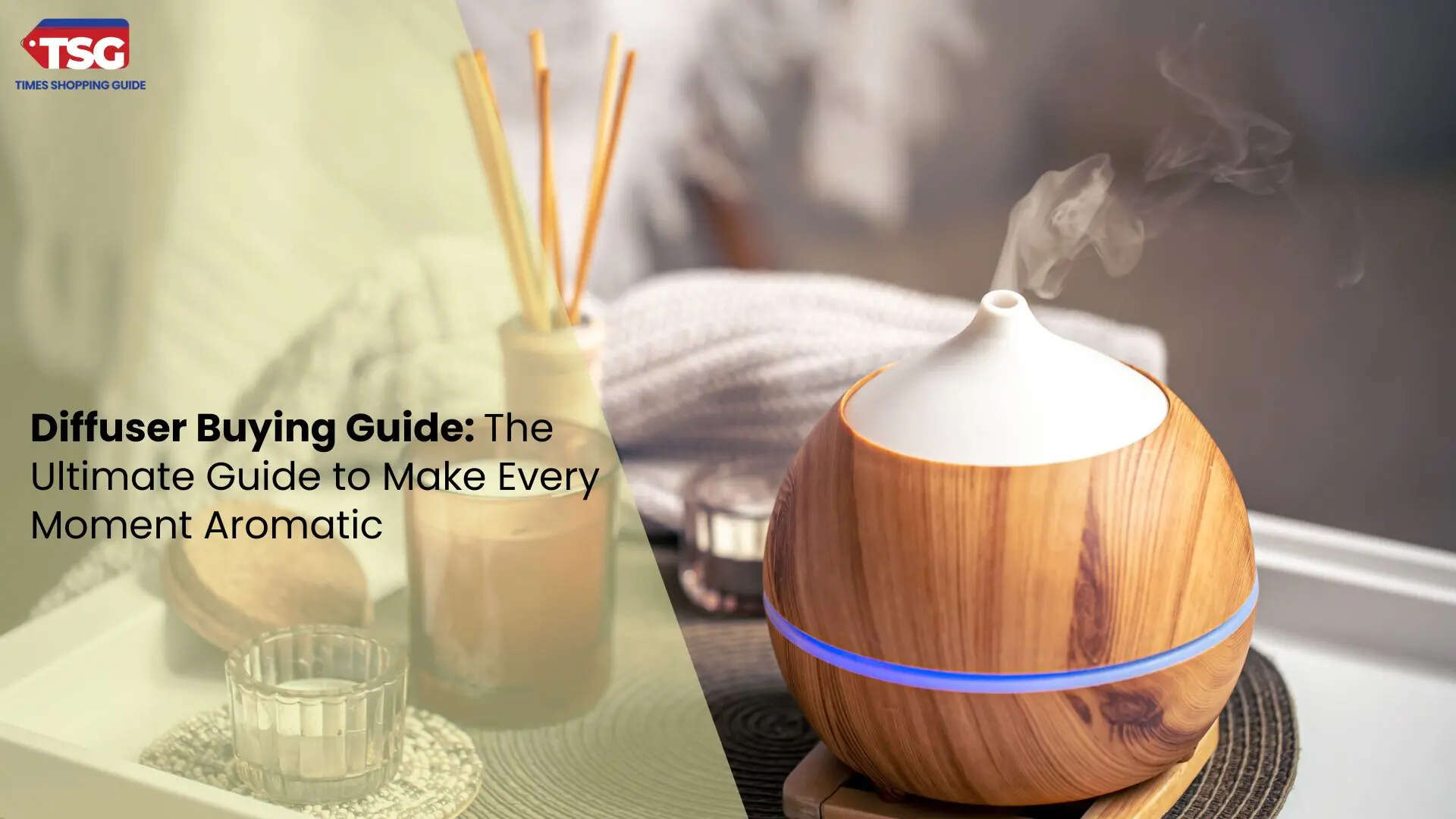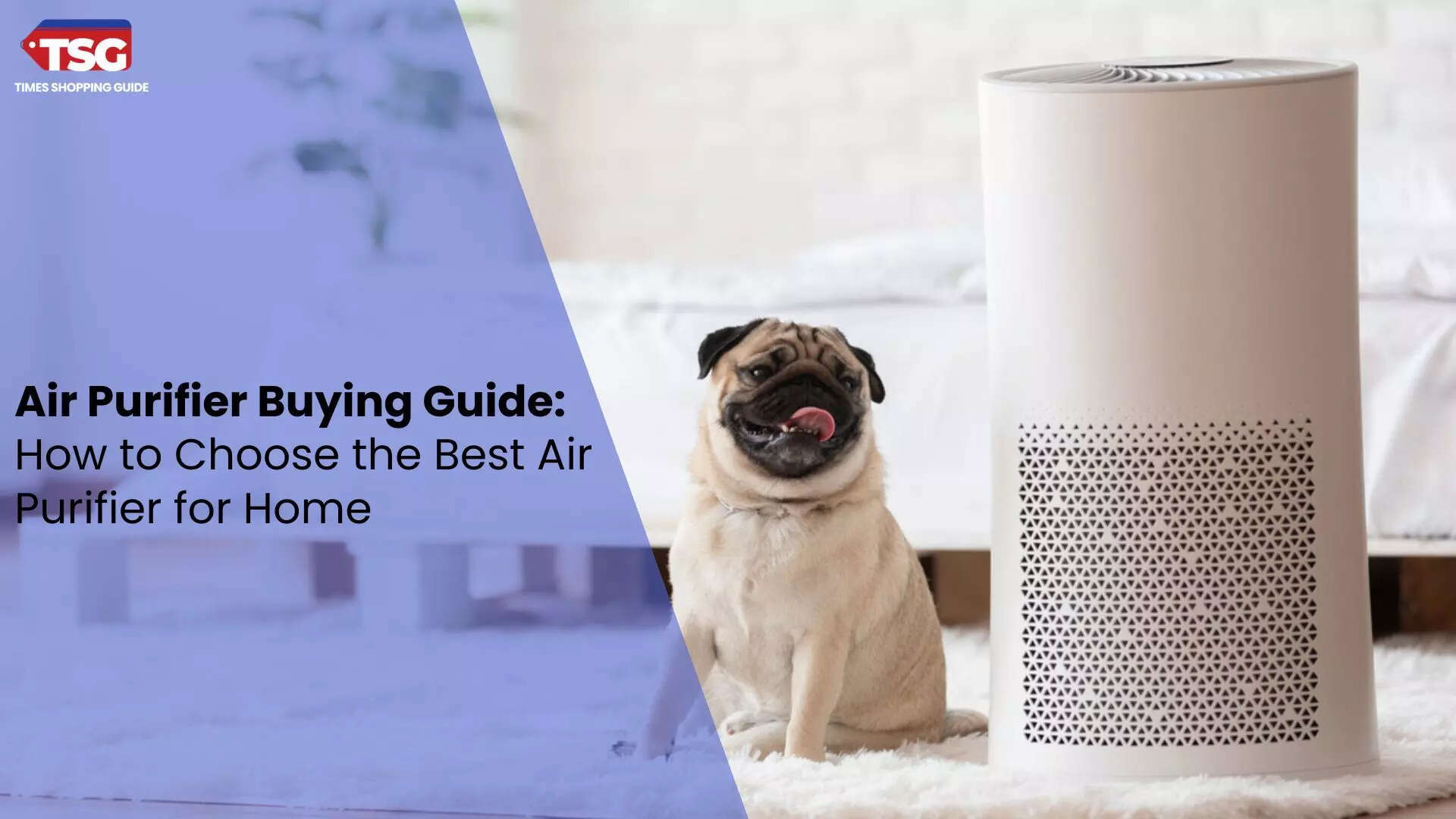- home
- appliances
- buying guide
- buying guide for multi cooker how to make the for your kitchen
Buying Guide for Multi-Cooker: How to Make the Best Food for your Kitchen
Has it ever happened to you that after a busy weekend, all you want to do is relax and not spend extra time cooking? Multi-cookers are just what you’re looking for. Besides saving you some time, these appliances also offer you several other features, so you can use one appliance to make a variety of dishes. Here is a buying guide that will help you pick the perfect multi-cooker for your kitchen.

Functions
When we talk about multi-cookers there are quite a few types available in the market. So, it is important that you go for one that best suits your needs. Here is a list of some of the basic functions that a multi-cooker has to offer:
Pressure Cooking:
Multi-cookers also act as pressure cookers. It helps trap steam inside the cookers, which results in creating high pressure and taking it to a certain boiling point that helps cook food faster. You can use it to cook multiple recipes and experiment in the kitchen.
Slow Cooking:
These cookers can be great for making dishes like biryani or cooking meat. Slow cooking allows the food to fully absorb all the spices, which results in a burst of flavors when you eat the food.
Sautéing:
Many multi-cookers include a sauté option, which allows you to brown onions, seasonings, and vegetables before pressure or slow cooking. This helps improve the flavor of all the curries and dals that you will make.
Pre-Set Menus:
Many advanced multi-cookers include a bunch of pre-set menu options for famous cuisines such as biryani, khichdi, and dal makhani. These settings help you save time trying to find the perfect setting as you can cook them with just a click of a button.
Size:
Multicookers come in a variety of sizes. You will need to consider your family size, i.e., how many people you regularly cook for, in order to decide which size is best for your household. Here are some different sizes that multi-cookers are available in for you to choose from:
1-2 liters
A multi-cooker of this size is ideal for individuals or people with small families (two people). These are great for cooking rice, lentils, and curries.
3-5 liters
These medium-sized multi-cookers are great for families which have 3-5 people in them. A multi-cooker this size will allow you to make a wide range of dishes such as dals, pulao, soups, etc.
6 liters or more
These multi-cookers are perfect for households with families of 6 or more people. Using this multi-cooker, you can easily make large portions of food, so you never have to worry about the food portion being less. It is great for making dishes like biryani, gravies, and meat.
Inner Pot Material:
The inner pot material is also really important and needs to be considered while buying a multi-cooker. Here are 2 of the most common materials found in India:
Stainless Steel:
Stainless steel is a great material for the inner pot. It is durable in nature and has great heat retention quality. It is also seen as a safer choice. However, you will need to put in more efforts cleaning cooker made from this material as food sticks to this material more quickly. You will also need to use more cooking oil to avoid food sticking to the appliance.
Non-stick Material:
This is the most common material available when it comes to multi-cookers. It is affordable and you can easily clean it without any extra effort. However, non-stick material is not scratch-resistant, and over time with usage, it can get scratched. So, you might have to replace it in the long run.
Warranty:
While buying an appliance, it is important that you consider the warranty period it will offer you. The warranty period depends on brand to brand, so it is recommended to go for the one that provides you with the longest period. This makes sure that if the cooker ever breaks and needs a replacement or repair, you can easily get that done within the warranty period without having to spend any extra bucks.
Price:
There are multiple things that you should check out while buying a multi-cooker. Ultimately, if it doesn't fall within your budget, then there is no point; thus, you should always check the price of the multi-cooker that you are interested in buying. There are 3 price ranges when it comes to multi-cookers. If you want a cooker with basic features like cooking rice, steaming, etc., then you should go for a cooker that is budget friendly. If you want one that offers a variety of features but is not that expensive, then go for something mid-range. If you want a cooker that is packed with smart features and makes cooking a breeze for you, then a high-end multi-cooker is recommended.
Which Brand Should You Consider?
Prestige
Prestige is a well-known brand in India, popular for selling a variety of kitchen appliances. This brand is also known for delivering good-quality appliances, so you don't have to worry about the product having any issues. Prestige also sells multi-cookers, which are known to be affordable and durable. It is available in a variety of sizes, so you can easily find one that is best for you. It also offers a variety of features that will make cooking much easier; thus, prestige is a brand that you should consider when you go to buy a multi-cooker.
Wonderchef
Another well-known brand in India, Wonderchef, is a brand that delivers good-quality products. Multi-cookers from this brand are designed with functionality in mind. The sleek exterior is also a plus. Multi-cookers from this brand offer you a bunch of special features that allow you to cook food and save time. So, get ready to cook delicious meals with multi-cookers from Wonderchef.
Pigeon
If you are looking for a multi-cooker for your house, then you should definitely consider Pigeon. Known for producing excellent-quality kitchen appliances, Pigeon is a brand that has made quite a name for itself over the years. Offering you a good multi-cooker at an affordable rate, this brand is also among the top brands to consider while buying a cooker.
Conclusion
When it comes to multi-cookers, you need to get one that best suits your needs. Always consider the capacity of the appliance; select one that is perfect for your family. Check out all the additional features that the application has to offer. Take everything into consideration, from the model to the price, and only after that should you make the decision. Go for the product that you think best suits all your and your family's requirements.
If you’re still not sure about which multi-cooker to get, here is a list of some of the best multi-cookers that are perfect for your kitchen:
- Prestige Multi Cooker 1 Litre
- Wonderchef Nutri-Pot Electric Pressure Cooker
- Butterfly Stainless Steel Matchless Multi Kettle
- Pigeon by Stovekraft Swift Multi-Cook Kettle
- InstaCuppa Stainless Steel 3-In-1 Multi Cooker
- AGARO Esteem Multi Kettle
FAQs
Is multi-cooker better than pressure cooker?
It all depends on what you’re looking for. If you want an appliance that offers a variety of features, then you should go for a multi-cooker. It offers you a bunch of features, like slow cooking, a rice cooker, an air fryer, and even a pressure cooker. With this, you can easily reduce your kitchen space as it can easily replace multiple appliances. But if you want better quality pressure cooking, then it is recommended to go for an actual pressure cooker, as it is solely dedicated to just that. Again, at the end of the day, you should go for the one that best suits all your needs and requirements and makes cooking easy for you.
Is multi-cooker good for Indian cooking?
Yes, multi-cookers are great for Indian cooking. It comes with a variety of features that allow you to create a lot of Indian dishes easily at home. For example, you can use the pressure cooker feature to make delicious dals, curries, and even biryani. The slow-cooking feature is perfect for all those who love to cook meat, as this feature allows your food to properly soak in all the spices and leaves your food full of flavors, ready to be devoured. You can also use this to steam and sauté vegetables. It helps you save the time and energy that usually go into making these Indian dishes.
What are the advantages of a multicooker?
Multi-cookers are a lifesaver when it comes to cooking. These appliances offer you a bunch of features that make cooking super easy and convenient. Here are some of the advantages that a multi-cooker has to offer:
- Versatile: These cookers allow you to cook rice, make dal and meat, and some even offer you the feature to air fry your food.
- Saves Time: Cooking can be time consuming, especially when you are having a busy day. Multi-cookers help save time and energy when it comes to cooking and are a great pick for your kitchen.
- Saves Space: They offer you a variety of features all in one appliance. This saves you space as it can easily replace several other appliances that one might have in one's kitchen. So, get ready to have spacious counters.
- Easy to use: These cookers are super easy to use. It offers you a variety of pre-set features, so you can easily cook things like dal, biryani, and other food items with just a click of a button.
Disclaimer: Times Shopping Guide is committed to bringing you the latest products from the best brands. Our selection is based on market research and positive consumer feedback. Times Shopping Guide is also a part of an affiliate partnership. In line with this, we may receive a portion of the revenue from your purchases. Please note that the product prices are subject to change based on the retailer's deals.










